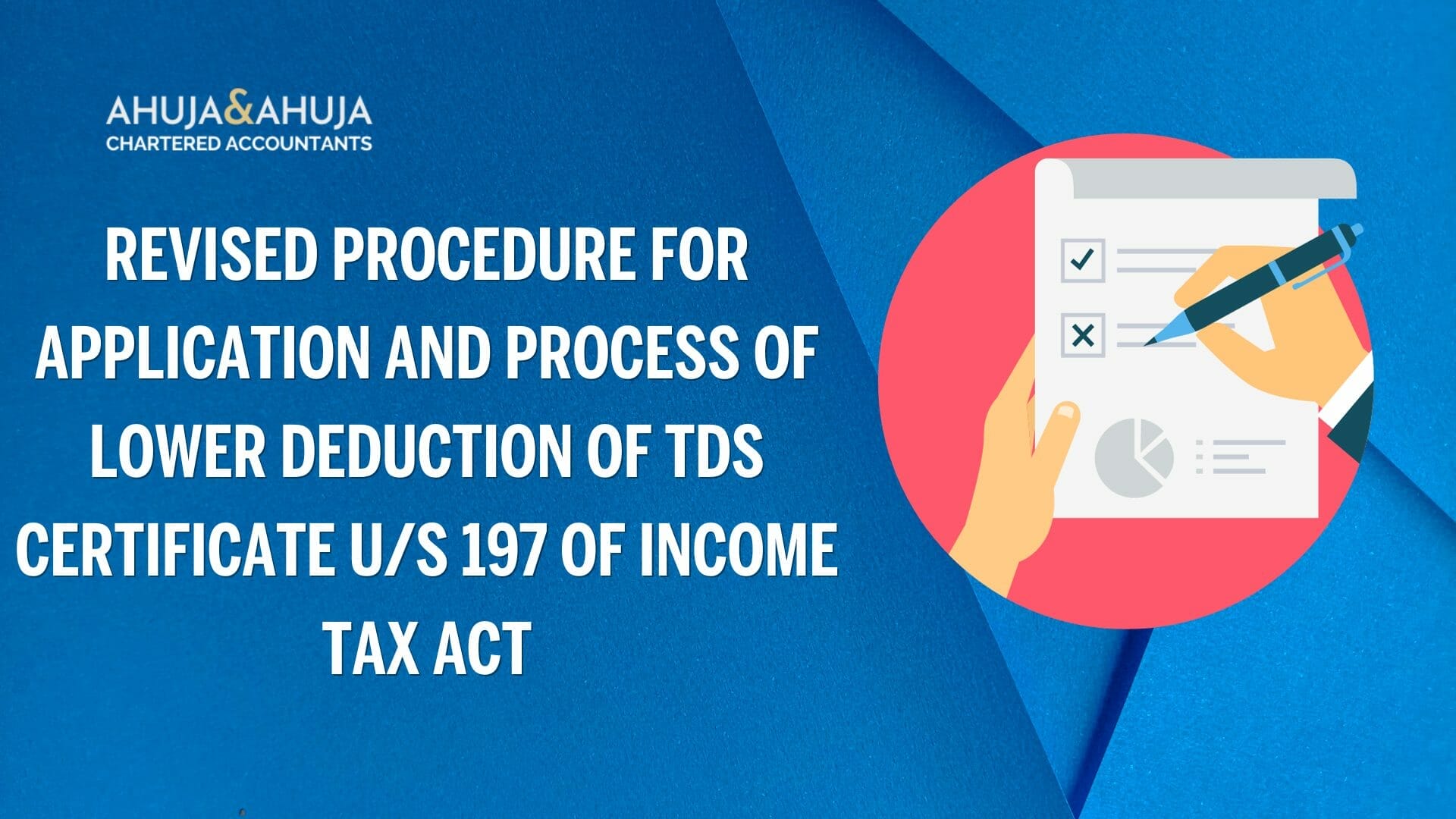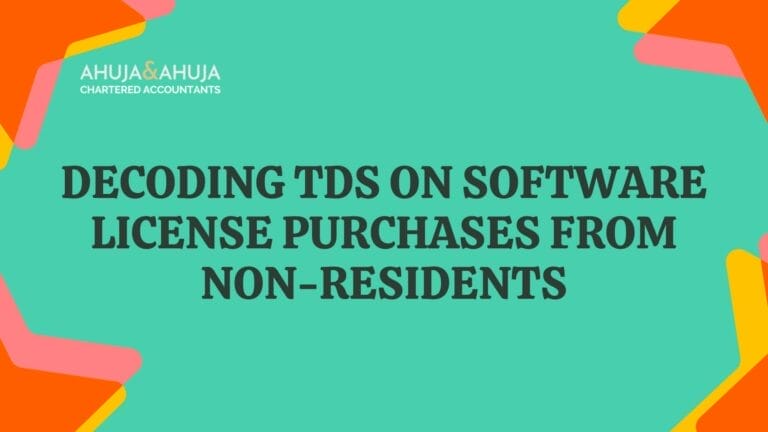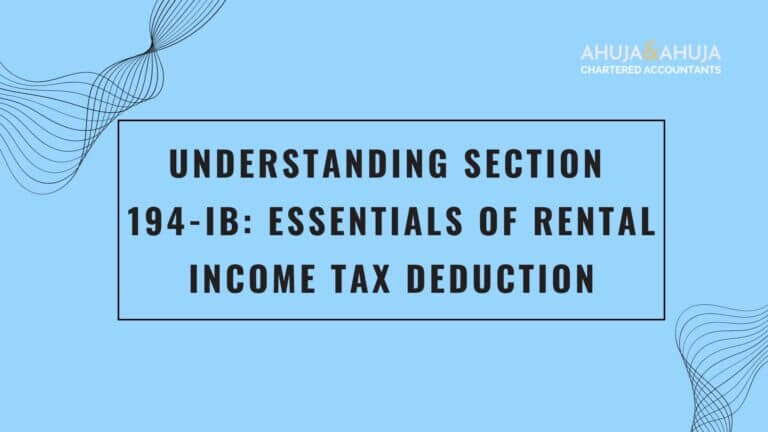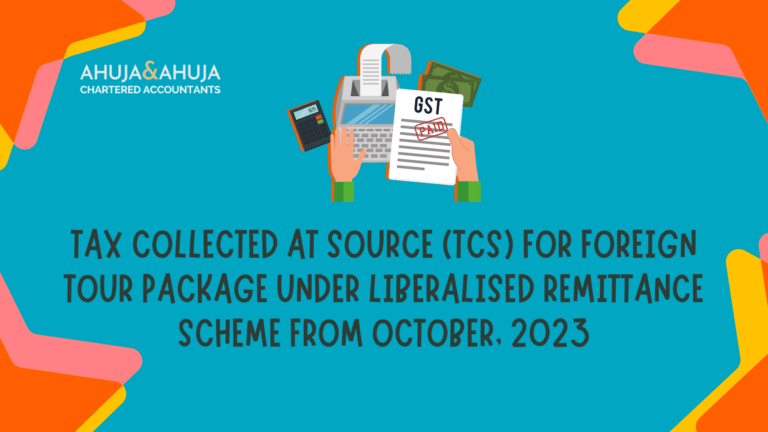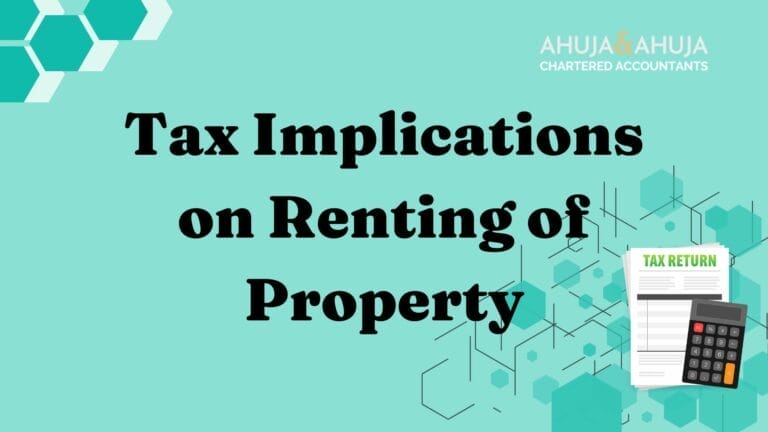Revised Procedure for Application and Process of Lower Deduction of TDS Certificate u/s 197 of Income Tax Act
Tax Deducted at Source (TDS), a requirement under the Income-tax Act, 1961, is an integral part of India’s taxation framework. TDS is a method wherein the government can make tax collection seamless and smooth by enabling the deduction of tax at the very source of income. However, there are instances where an individual or an entity may be eligible for either no tax deductions or lower tax deductions. This situation usually arises when the Assessing Officer (AO) is convinced that the total income of the person receiving the payment validates a lower TDS rate or no TDS at all.
In such cases, it necessitates acquiring a certificate for lower deduction of TDS under section 197. This certification empowers the individual or entity to reap the benefit of a reduced tax rate or enjoy an entirely tax-free progress. The reduced tax liability undoubtedly adds to the monetary resources of the entity, which can then be leveraged to improve the business operations.
Background
For some time, there have been calls for making the process for obtaining a lower TDS deduction certificate more effective and efficient. Accordingly, the Ministry of Finance, under the Central Board of Direct Taxes, issued a crucial notification on September 27, 2023, introducing a revised procedure for filing applications for the grant of certificates for lower TDS deduction.
The earlier procedure was perceived by some as cumbersome, with certain aspects of the process proving to be roadblocks for many assessees. The revamped procedure aims to alleviate these issues, making the process more streamlined and accessible to all eligible entities and individuals. This major change has been implemented across the Income Tax services sector and is of particular interest to those dealing extensively with financial matters, taxation or are part of the international community like the NRI taxpayers.
New Procedure for TDS Lower Deduction Application
With the aim of creating a more efficient and user-friendly system, the Ministry of Finance has introduced a revised procedure, format, and standards for filing applications for lower TDS deduction certificates. This new procedure will be effective from October 1, 2023.
Notification No. 02/2023-Income Tax
In its notification, the Ministry announced the revised procedure for filing applications for the grant of certificates under sub-rule (4) of Rule 28AA of the Income Tax Rules, 1962. These certificates are essential for obtaining a lower rate of TDS deduction or for availing a complete exemption from TDS deductions, as per the provisions of sub-section (1) of section 197 of the Income-tax Act, 1961.
Objective of the Revised Procedure
The objective of this revised procedure is to establish standardized, secure, and efficient methods for the application and processing of lower deduction of TDS certificates. The Central Board of Direct Taxes (CBDT) aims to simplify the process, reduce paperwork, and ensure accuracy and transparency in the entire application process.
Key Changes in the New Procedure
The revised procedure introduces several notable changes compared to the previous process. Here are some key highlights:
- Digital Application Filing: The new process requires the online filing of the application in Form No. 13, electronically through the Tax Recovery and Compliance Systems (TRACES) website.
- Registration on TRACES: Taxpayers or deductees who are not already registered on the TRACES website will need to register with their Permanent Account Number (PAN) to proceed with the application filing.
- Submission Options: Applicants can submit their Form 13 application along with the necessary supporting documents using any of the following methods:
- Digital Signature
- Electronic Verification Code
- Aadhaar-based Authentication
- Mobile OTP
- Application Tracking: Once the application is submitted, the TRACES website provides an option to track the status of the application through the “Track Request for Form 13/15C/15D” section under the “Statements/Forms” tab.
These changes aim to streamline the process, reduce physical paperwork, and promote a faster and more efficient approval system for lower TDS deduction certificates.
Step-by-Step Process of New TDS Certificate Application
The revised procedure for obtaining a lower deduction of TDS certificate now requires applicants to file Form 13 electronically through the Tax Recovery and Compliance Systems (TRACES) website. Here is a detailed step-by-step process to guide you through the application:
- TRACES Registration: If you are not already registered on the TRACES website, you need to register using your Permanent Account Number (PAN). Visit the TRACES website (www.tdscpc.gov.in) and follow the registration process to create your account.
- Login and Application Form: After successful registration, log in to the TRACES website using your credentials. Locate the option to file Form 13 for the lower deduction of TDS certificate.
- Form 13 Filing: Fill out the Form 13 electronically with accurate and complete details. Provide all the necessary information required in the form, such as personal details, PAN, particulars of the tax deductor, reasons for lower TDS deduction, and other relevant information.
- Supporting Documents: Along with the application form, you will need to attach relevant supporting documents to substantiate your request for a lower deduction of TDS certificate. Make sure all the supporting documents are properly scanned and uploaded as per the instructions on the TRACES website.
- Submission: Once you have filled out the form and attached the supporting documents, submit the application electronically on the TRACES website. You will have various submission options available such as using a digital signature, electronic verification code, Aadhaar-based authentication, or mobile OTP.
- Application Tracking: After submission, you can track the progress of your application through the TRACES website. Navigate to the “Track Request for Form 13/15C/15D” section under the “Statements/Forms” tab, and enter the relevant details to check the status of your application.
By following this step-by-step process, you can easily file your application for a lower deduction of TDS certificate using the revamped procedure. The digital filing and tracking system on TRACES streamlines the entire process, ensuring efficiency, transparency, and ease of use.
Roles of Assessing Officer, Range Heads, and Commissioners of Income Tax
Once you have submitted your application for a lower deduction of TDS certificate, it undergoes a review process involving various authorities. Understanding the roles of these authorities is crucial in comprehending the processing of your application. Here are the key roles:
- Assessing Officer (AO): The AO plays a vital role in processing the application at the initial stage. After the application is submitted through the TRACES website, the AO reviews the provided information, documents, and justifications for lower TDS deduction. If there is a need for further information or clarification, the AO may seek additional details from the applicant using the “Seek Clarification” option on the TRACES website. Once satisfied with the information, the AO approves or rejects the application based on the parameters set forth in rule 28AA/28AB of the Income-tax Rules, 1962.
- Range Heads: The Range Heads are responsible for the administrative approval of the AO’s recommendation. They review the application details, including the recommendation made by the AO, and evaluate the revenue implications. If the revenue foregone falls within the powers conferred to the Range Head, they grant administrative approval. However, if the revenue foregone exceeds the Range Head’s authority, the application is forwarded to the Commissioner of Income Tax for further decision-making.
- Commissioners of Income Tax (CIT): The CIT reviews the application after it has been forwarded to them. They assess the details of the application, consider the recommendations of the AO and Range Head, and make a final decision on the approval or rejection of the lower deduction of TDS certificate. The CIT’s decision is binding and concludes the processing of the application.
Throughout the reviewing process, all authorities involved access the relevant information, including the applicant’s provided details, supporting documents, and historical data related to TDS returns, PAN demand, e-filed income tax returns, audit reports, and assessment orders.
Understanding the roles of the Assessing Officer, Range Heads, and Commissioners of Income Tax provides insights into the processing stages of your application for a lower deduction of TDS certificate.
Issuance of Certificate and Applicant’s Responsibility
After the final decision by the authorities, the lower deduction of TDS certificate is either approved or rejected. Here’s what happens once the certificate is issued:
- Certificate Generation: Upon receiving administrative approval, the Assessing Officer (AO) generates the certificate on the Tax Recovery and Compliance Systems (TRACES) AO Portal. The certificate is system-generated and does not require a physical signature.
- Certificate Availability: The issued certificates are available for the AO to view on the TRACES website. The AO can access the “Lower/No Deduction Certificate” section, navigate to “History,” and find the “Certificate Issued” tab to locate and manage the certificates.
- Applicant’s Responsibility: It is the applicant’s responsibility to ensure the sharing of the certificate with the respective deductors. The applicant must provide the certificate details and relevant information to the deductors to ensure the correct and lower deduction of TDS as authorized by the certificate.
Consumption and Tracking of Certificate
For proper utilization and tracking of the certificate, the following steps should be followed:
- Certificate Consumption: The deductor(s) who have received the certificate from the applicant should report its usage in their TDS statements. The reports are processed based on the FIFO (First In First Out) principle, consuming the certificates accordingly.
- Certificate Tracking: Deductors are advised to verify and track the consumption status of the certificate before including the certificate details in their TDS statements. This can be done through the “Validate Lower Deduction Certificate u/s 197/195(3)/195(2)” option on the TRACES website, accessible to deductors.
By adhering to these steps, both the applicant and deductor(s) can effectively manage the issuance, consumption, and tracking of the lower deduction of TDS certificate.
Disclaimer
The materials provided herein are solely for educational and informational purposes. No attorney/professional-client relationship is created when you access or use the site or the materials. The information presented on this site does not constitute legal or professional advice and should not be relied upon for such purposes or used as a substitute for professional or legal advice.

